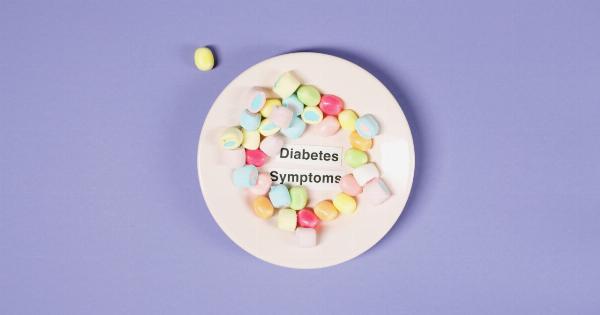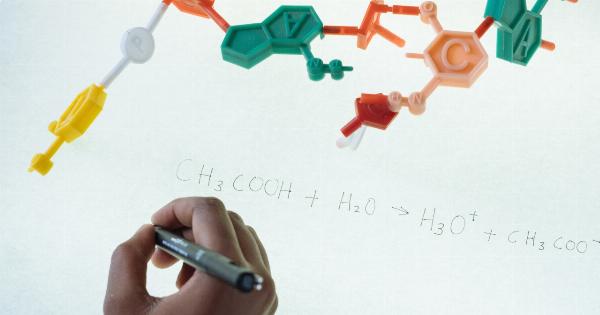Blocked arteries, also known as atherosclerosis, occur when the blood vessels that deliver oxygen and nutrients to the heart and other parts of the body become clogged with fatty deposits called plaques.
This condition can lead to serious health complications, including heart attacks and strokes. Recognizing the signs of blocked arteries is crucial for early detection and timely treatment. In this article, we will discuss the common signs and symptoms to watch out for.
1. Chest Pain or Angina
One of the most common signs of blocked arteries is chest pain or angina. This discomfort often feels like pressure or squeezing in the chest area and may extend to the arms, shoulders, back, neck, or jaw.
It can occur during physical exertion or emotional stress and typically resolves with rest or the use of medication like nitroglycerin. However, if the pain is severe or accompanied by other symptoms, it could indicate a heart attack, and immediate medical attention should be sought.
2. Shortness of Breath
When arteries are blocked, the heart may not receive enough oxygen-rich blood to function properly. This can lead to a feeling of breathlessness, especially during physical activity or even at rest in severe cases.
If you find yourself experiencing unexplained shortness of breath, it’s essential to get evaluated by a healthcare professional to determine if blocked arteries are the underlying cause.
3. Fatigue and Weakness
Blocked arteries can also contribute to persistent fatigue and weakness. When the heart muscle is not receiving an adequate blood supply, it may struggle to pump efficiently, leading to fatigue and a general feeling of weakness.
If you find that even normal daily activities leave you extremely exhausted, it’s worth discussing your symptoms with a healthcare provider.
4. Nausea and Dizziness
In some cases, blocked arteries can cause nausea, vomiting, and dizziness. These symptoms may occur as a result of reduced blood flow to the brain and other vital organs.
If these symptoms are persistent or severe, it’s crucial to seek medical attention promptly, as they may indicate a more severe blockage in the arteries.
5. Pain in the Legs or Arms
When arteries become blocked, it can also affect blood flow to the extremities, such as the legs and arms. This can lead to pain, numbness, or a tingling sensation in these areas. The pain often worsens with activity and improves with rest.
If you experience such symptoms, it’s important to have them evaluated, as they may be suggestive of peripheral artery disease (PAD) caused by blocked arteries.
6. Cold Sweats
Blocked arteries can cause cold sweats, especially in the upper body. These sweats may be unrelated to physical exertion or the surrounding temperature.
If you frequently experience unexplained and excessive sweating, especially in conjunction with other symptoms, it’s advisable to consult a healthcare professional to explore potential underlying causes.
7. High Blood Pressure
Chronic high blood pressure or hypertension is a risk factor for developing blocked arteries.
While high blood pressure itself may not cause noticeable symptoms, it puts extra strain on the arterial walls, making them more susceptible to damage and plaque formation. Regular monitoring of blood pressure is essential for detecting and managing hypertension, which can help prevent or slow down the progression of blocked arteries.
8. Erectile Dysfunction
In men, blocked arteries can disrupt blood flow to the genitals, leading to erectile dysfunction (ED). ED can be an early warning sign of cardiovascular disease, including blocked arteries.
Seeking medical advice for persistent or recurrent ED can help identify potential underlying causes and address any cardiovascular issues that may require attention.
9. Irregular Heartbeat
Also known as arrhythmia, an irregular heartbeat can be indicative of blocked arteries. When blood flow is compromised due to blockages, the electrical impulses that regulate the heart’s rhythm may become disrupted.
This can cause the heart to beat irregularly, too fast, or too slow. If you experience heart palpitations or an irregular heartbeat, it’s essential to consult a healthcare professional for a proper evaluation.
10. Family History and Risk Factors
While not a sign in itself, having a family history of cardiovascular disease, including blocked arteries, increases your risk of developing the condition.
Additionally, certain risk factors such as smoking, obesity, a sedentary lifestyle, high cholesterol levels, diabetes, and a poor diet can contribute to the development and progression of blocked arteries. Being aware of these risk factors and maintaining regular check-ups with healthcare professionals can help in identifying any signs or symptoms early on.





























